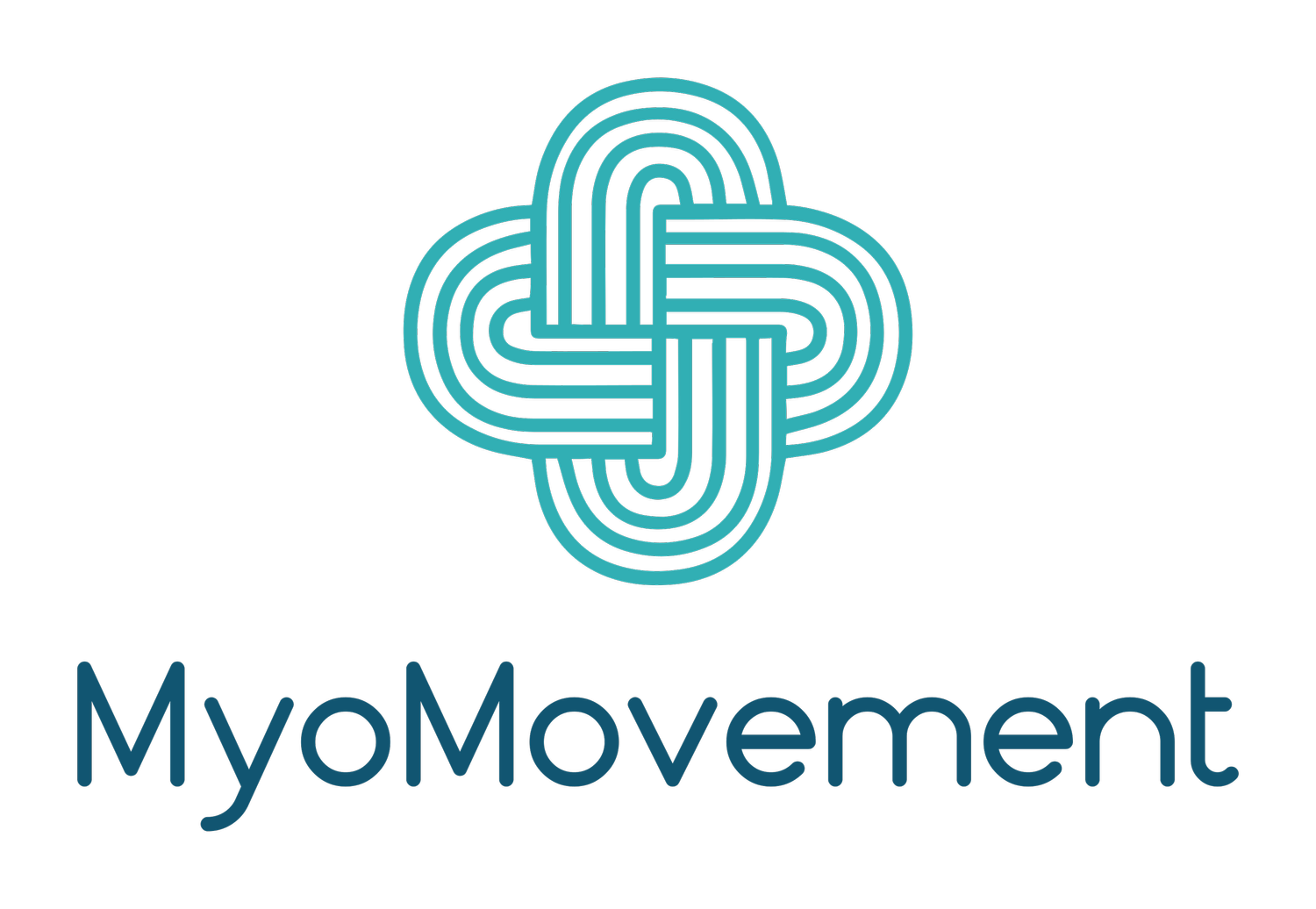Dry Nights: Myofunctional Therapy’s Role in Conquering Bedwetting
Bedwetting, also known as nocturnal enuresis, can be a challenging and embarrassing experience, especially for children. While it's a common issue, affecting millions of youngsters worldwide, the underlying causes can vary. In some cases, myofunctional therapy, a specialized form of treatment focusing on oral and facial muscles, can offer a holistic approach to addressing bedwetting. In this blog post, we will explore the connection between bedwetting and myofunctional therapy, shedding light on how this innovative therapy can provide relief and empower both children and their parents.
Understanding Bedwetting
Bedwetting is the involuntary release of urine during sleep, occurring in children beyond the age when bladder control is typically expected. It can be caused by a variety of factors, including delayed physical development, hormonal imbalances, and psychological stress. In some cases, the position of the tongue and oral muscles can contribute to bedwetting, making myofunctional therapy a potential solution.
The Role of Myofunctional Therapy
Myofunctional therapy focuses on retraining the muscles of the face and mouth, promoting proper tongue posture, swallowing, and breathing. By addressing improper muscle functions and habits involving the oral and facial muscles, myofunctional therapy can help resolve issues that might be contributing to bedwetting.
How Myofunctional Therapy Helps with Bedwetting
Improving Bladder Control: Myofunctional therapy exercises target the muscles in the pelvic region, enhancing overall muscle tone, including the muscles controlling the bladder. This can lead to improved bladder control, reducing the likelihood of bedwetting episodes.
Addressing Tongue Posture: Incorrect tongue posture can impact the alignment of the oral and facial muscles, potentially affecting the bladder muscles as well. Myofunctional therapy helps correct tongue posture, promoting proper muscle coordination in the entire body.
Reducing Stress and Anxiety: Myofunctional therapy includes relaxation techniques and exercises that can help alleviate stress and anxiety, which are often associated with bedwetting incidents.
The Personalized Approach of Myofunctional Therapy
One of the significant advantages of myofunctional therapy is its personalized approach. Therapists assess each child’s unique situation, crafting tailored exercises and strategies to address their specific needs. This individualized care ensures that the therapy is not only effective but also tailored to the child’s comfort level, promoting a positive and empowering experience.
Bedwetting can be a challenging experience, but it's essential to remember that effective solutions exist. Myofunctional therapy offers a non-invasive, holistic approach to addressing bedwetting by focusing on the muscles and habits that might be contributing to the issue. If your child is struggling with bedwetting, consider exploring the transformative benefits of myofunctional therapy. With the right support and guidance, your child can gain control, confidence, and, most importantly, dry nights. Together, let’s work towards a future where every night is a peaceful, dry night, empowering your child to wake up to a new day with confidence and joy.

